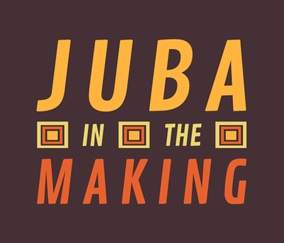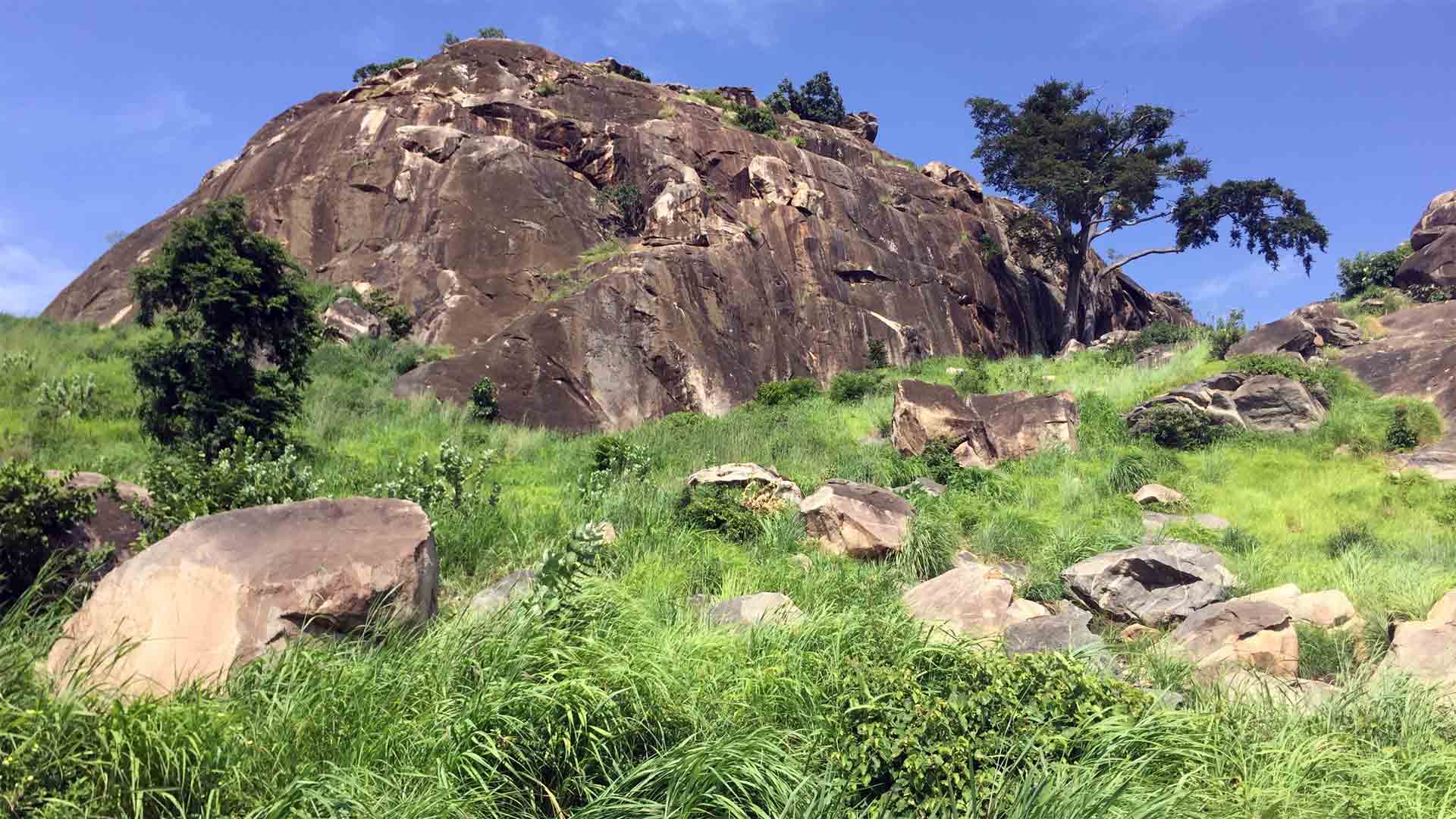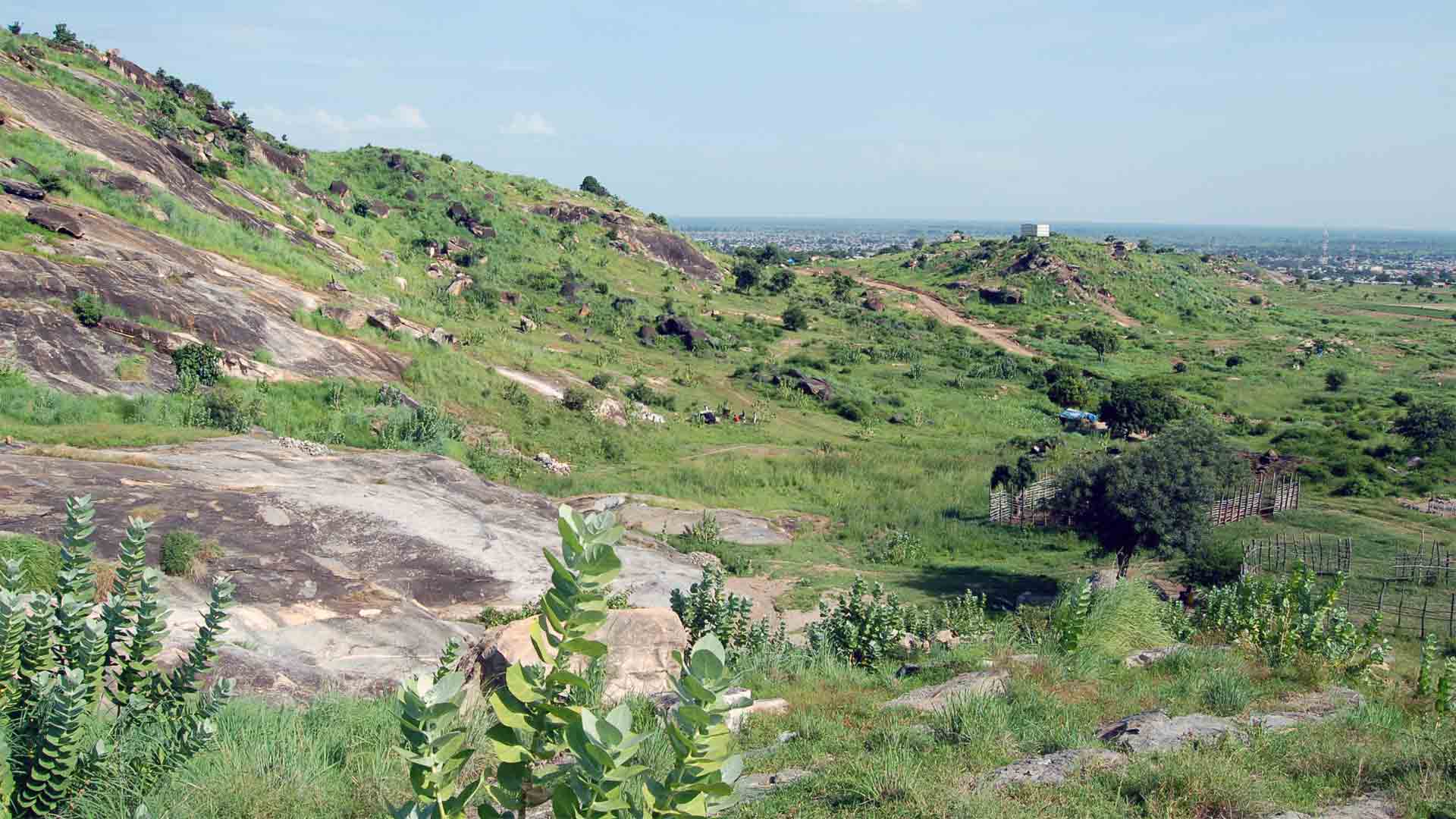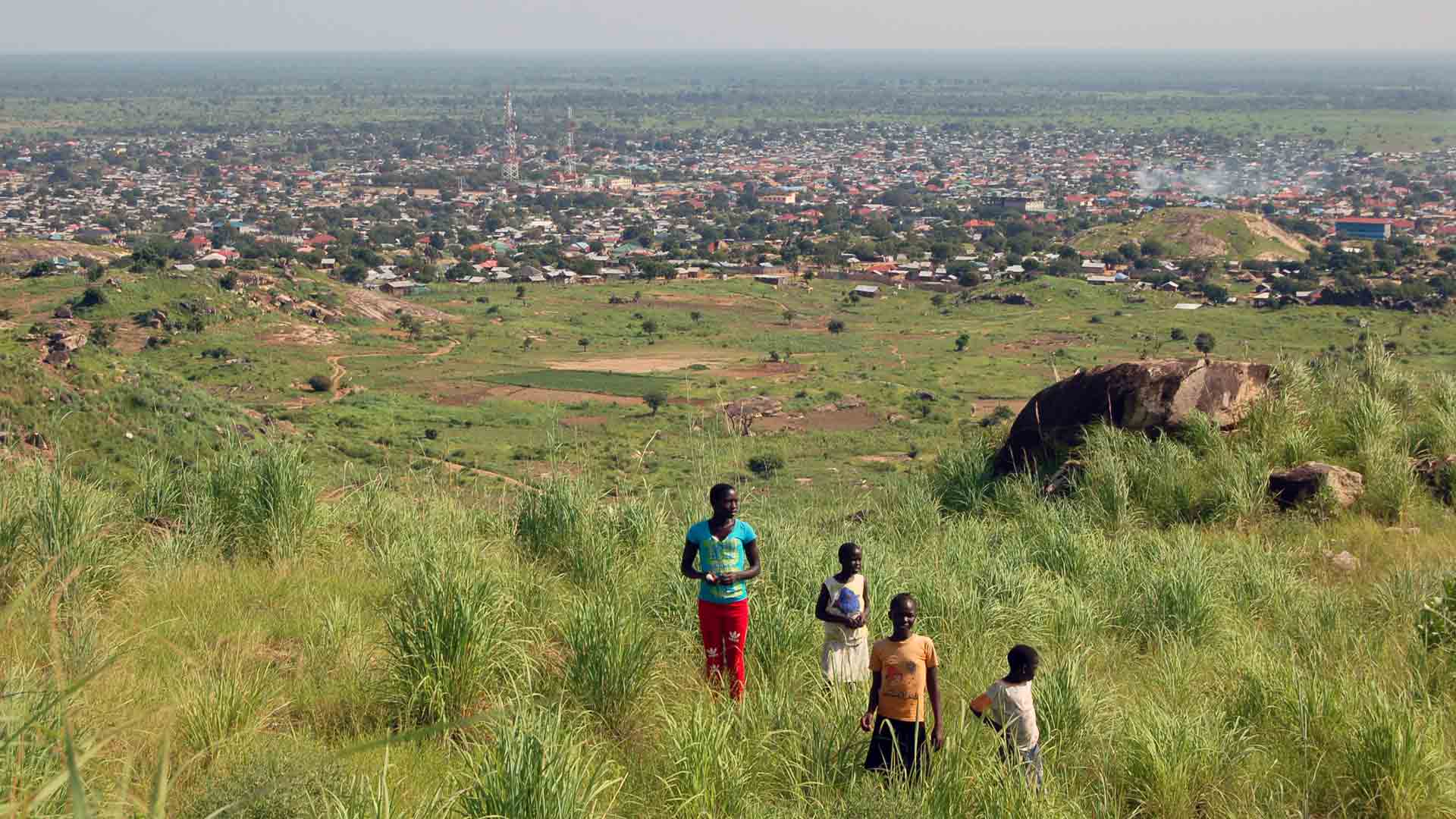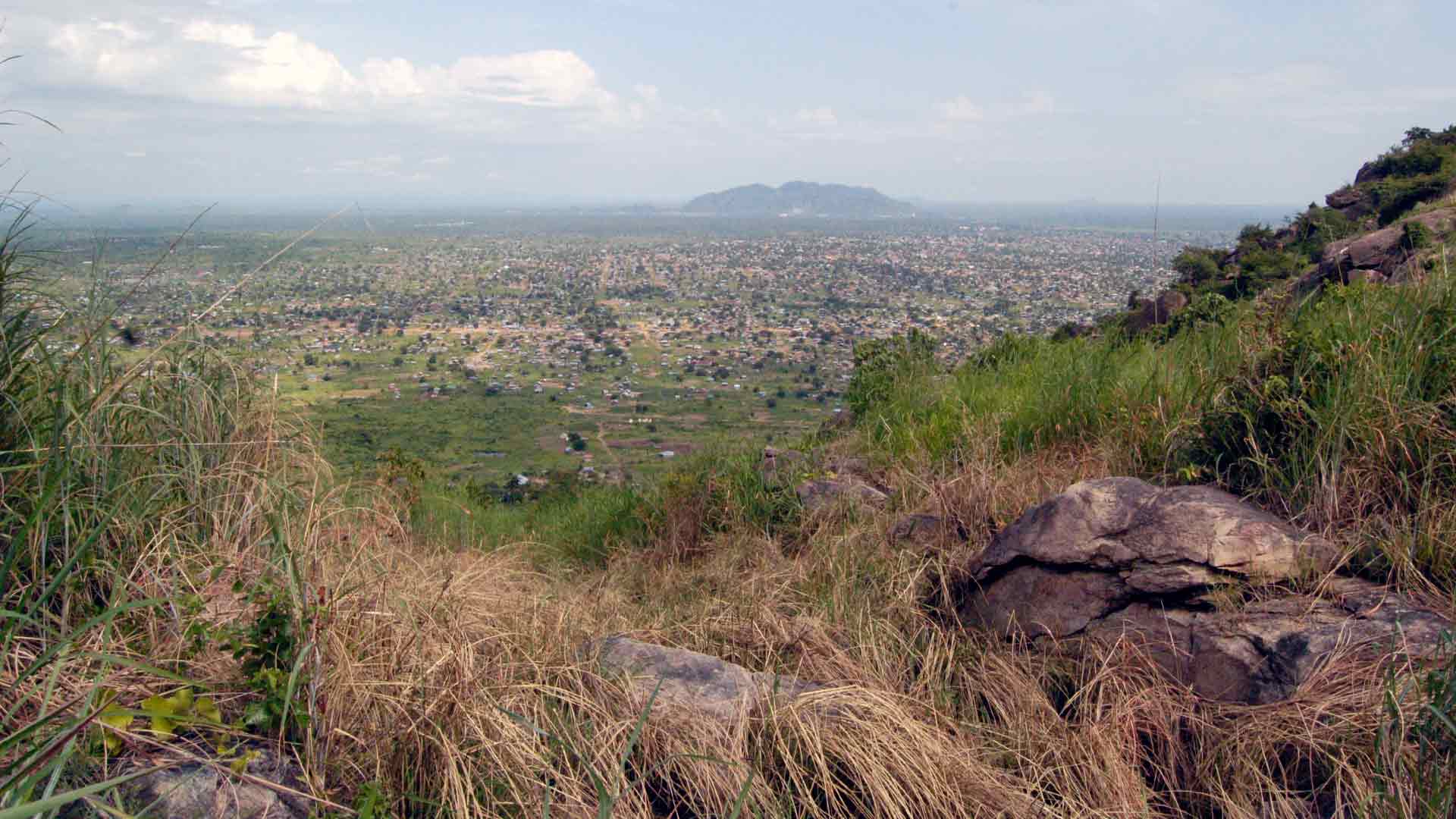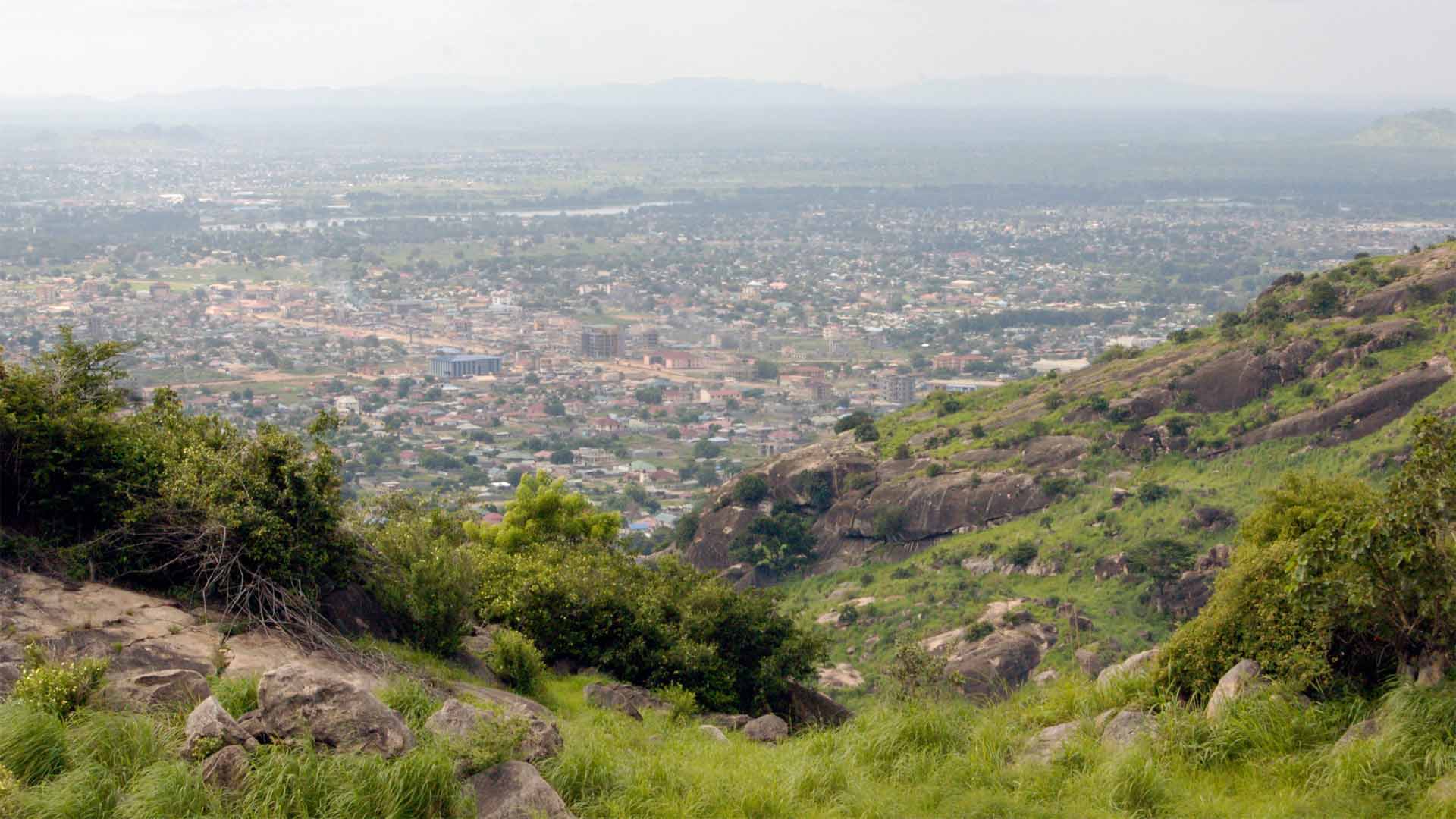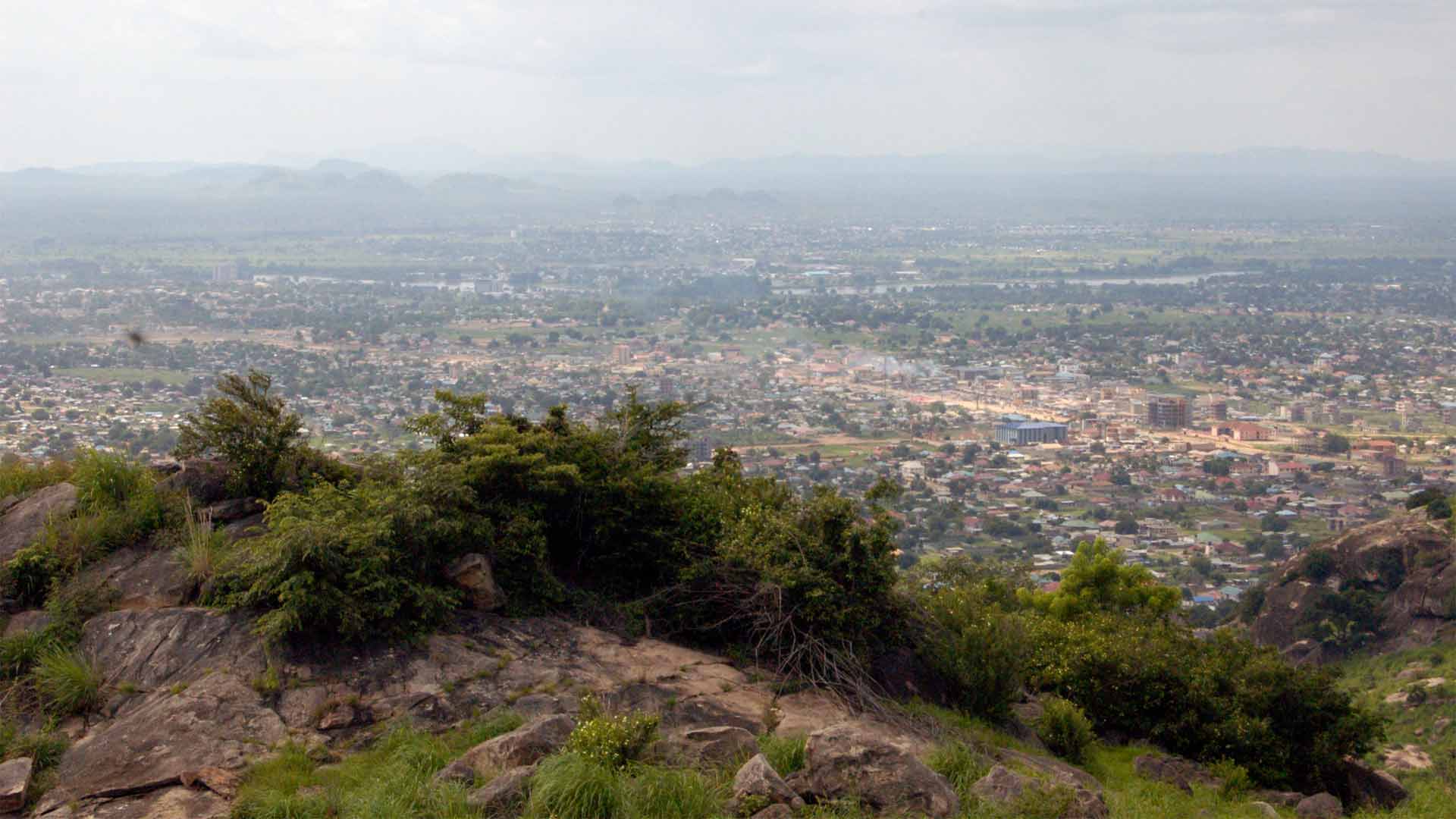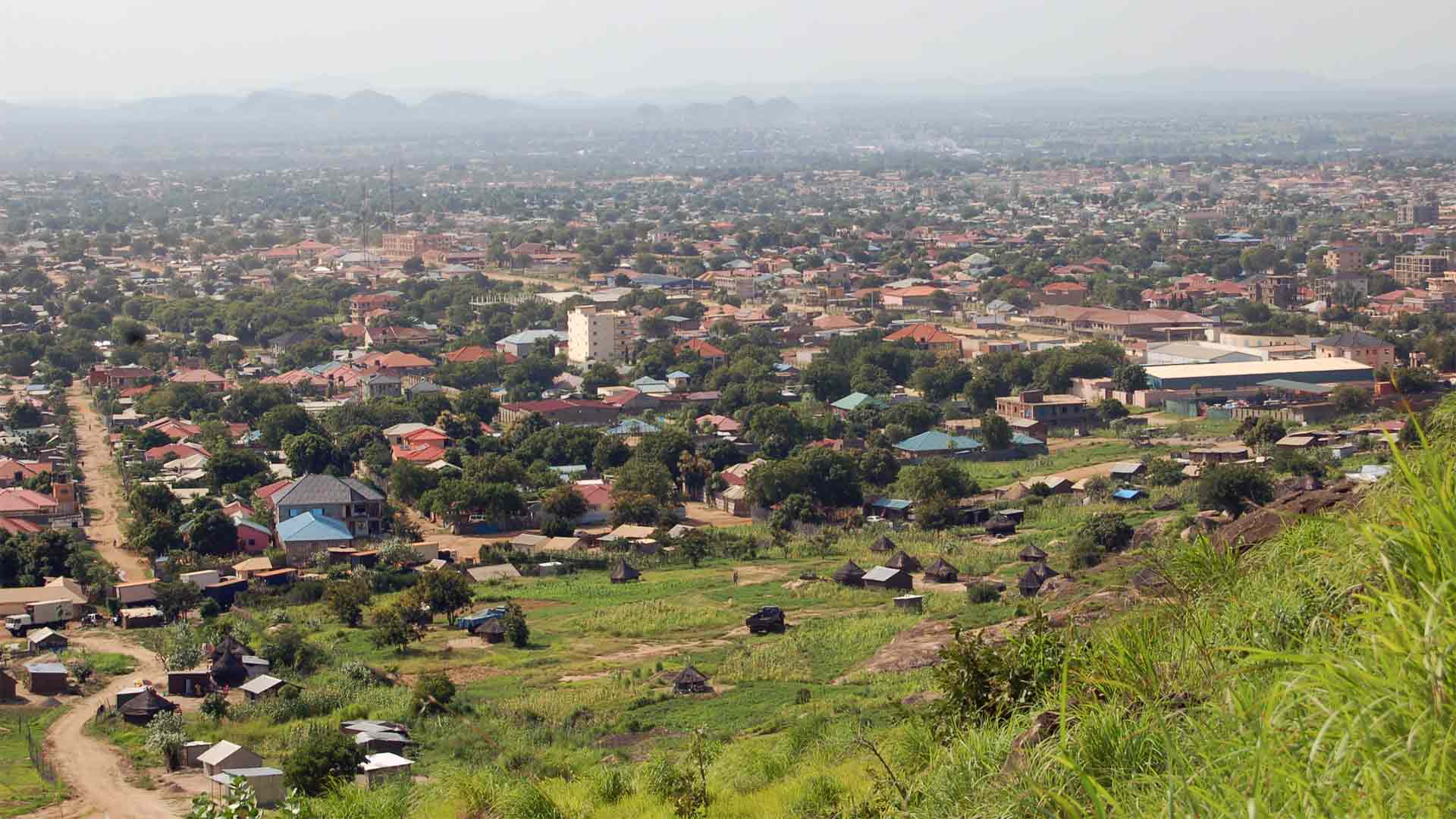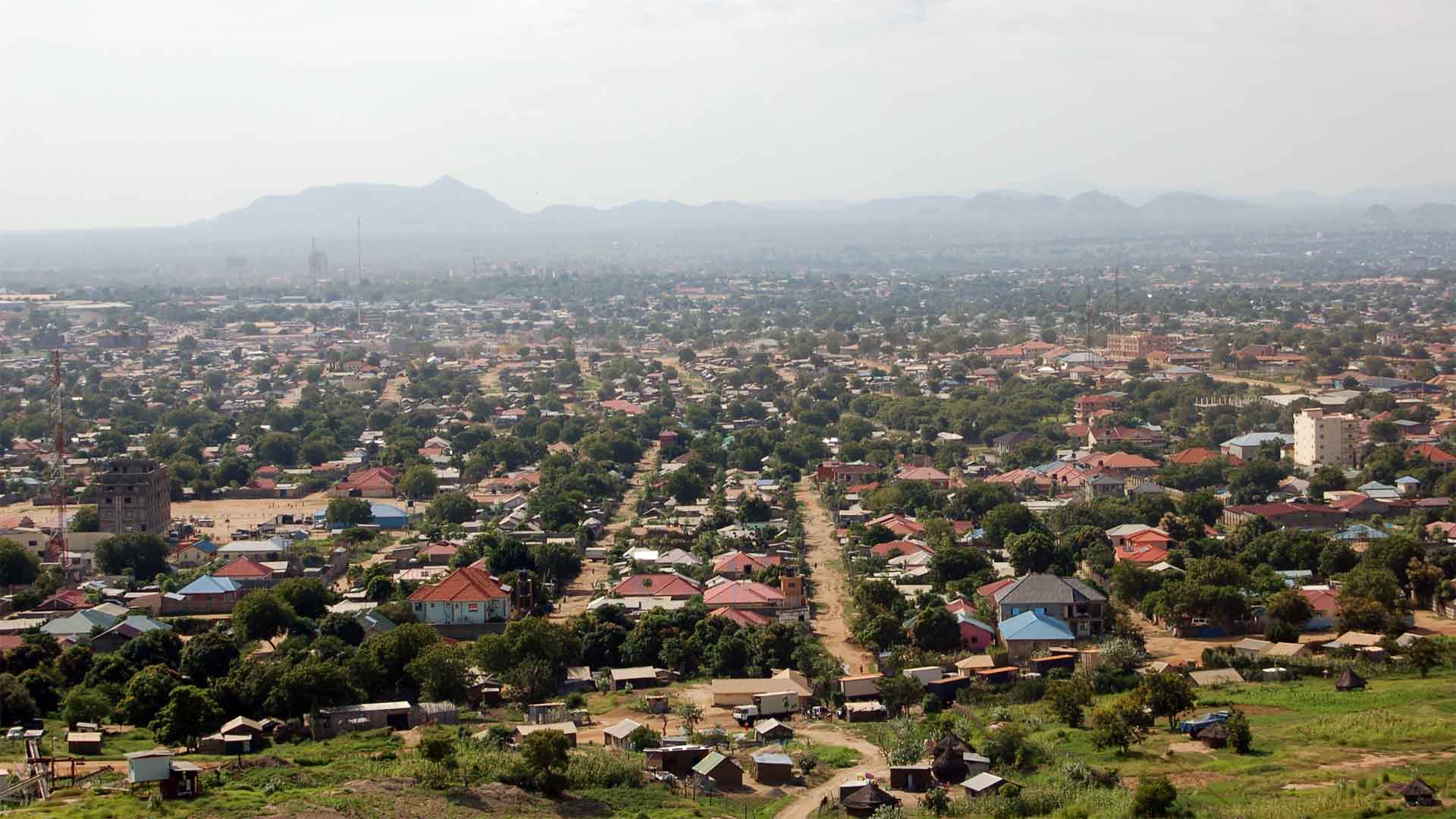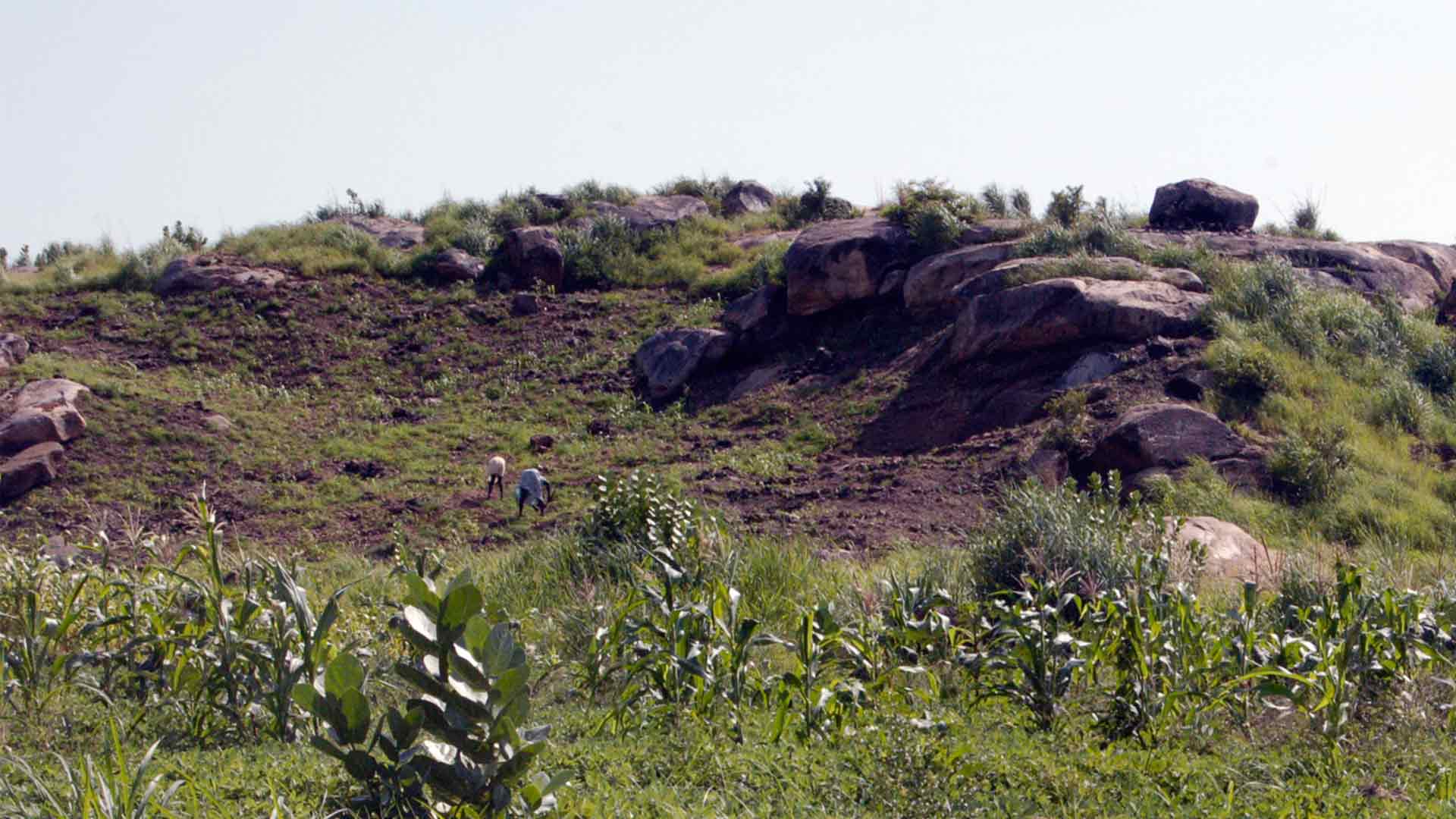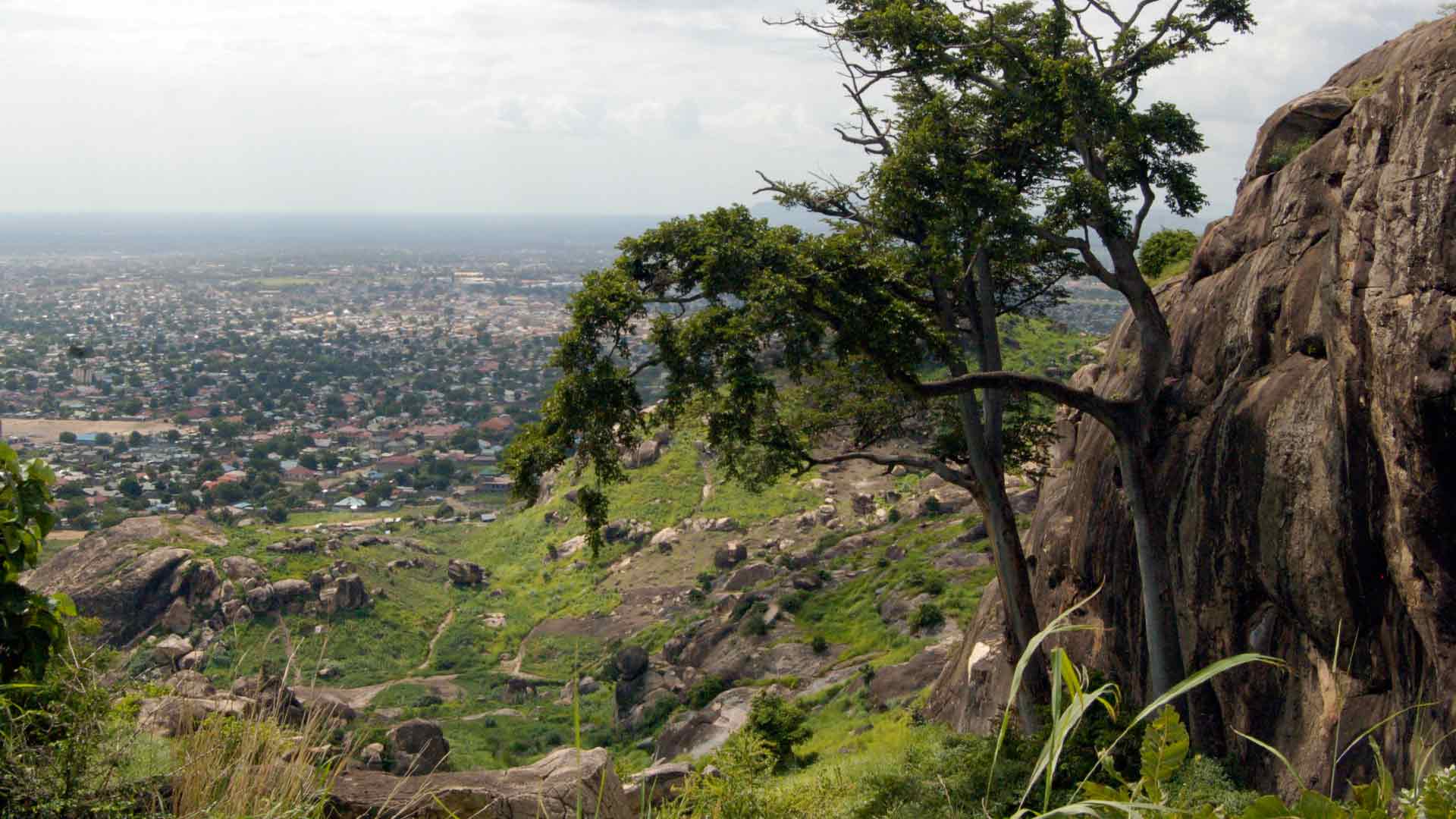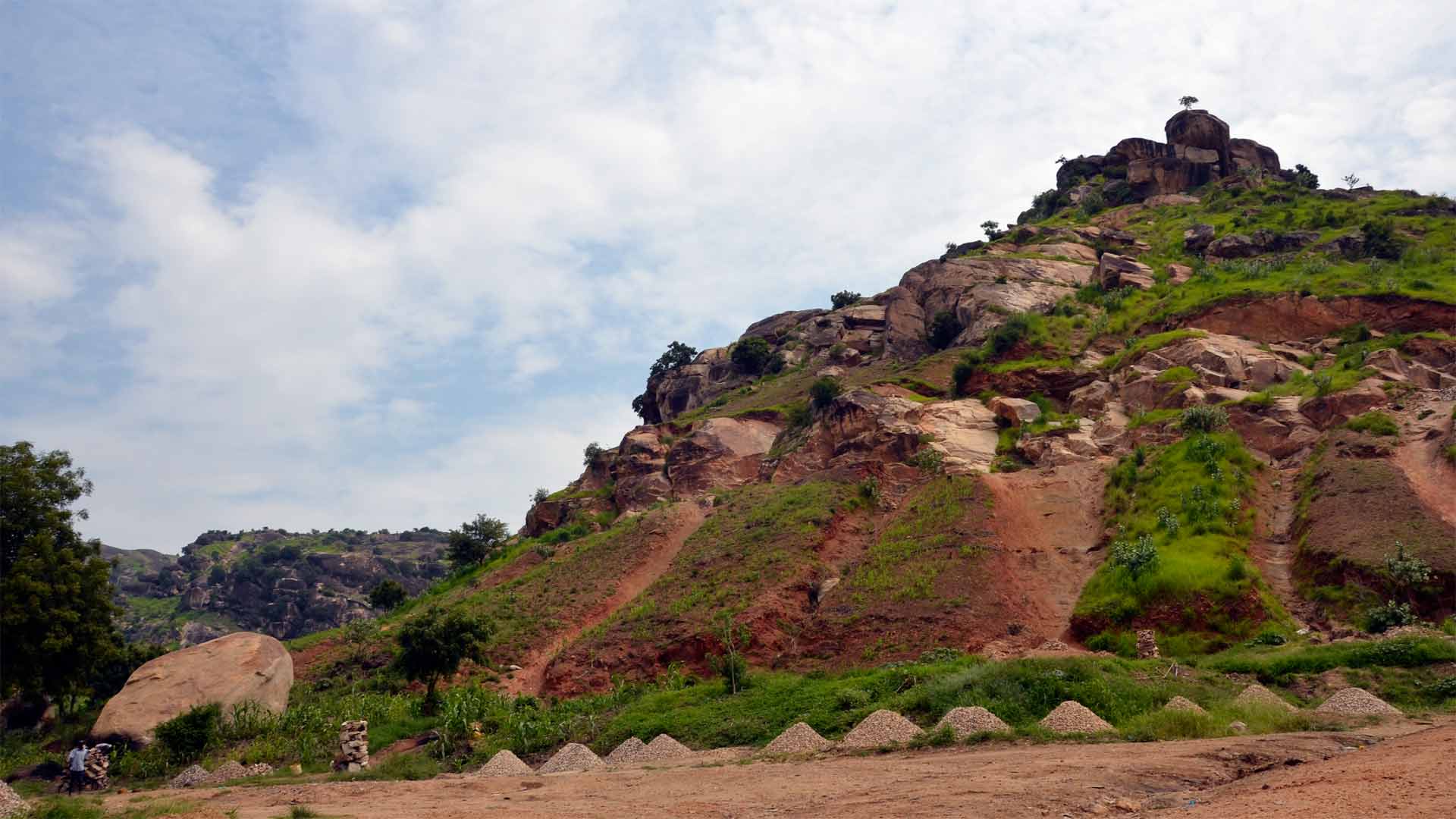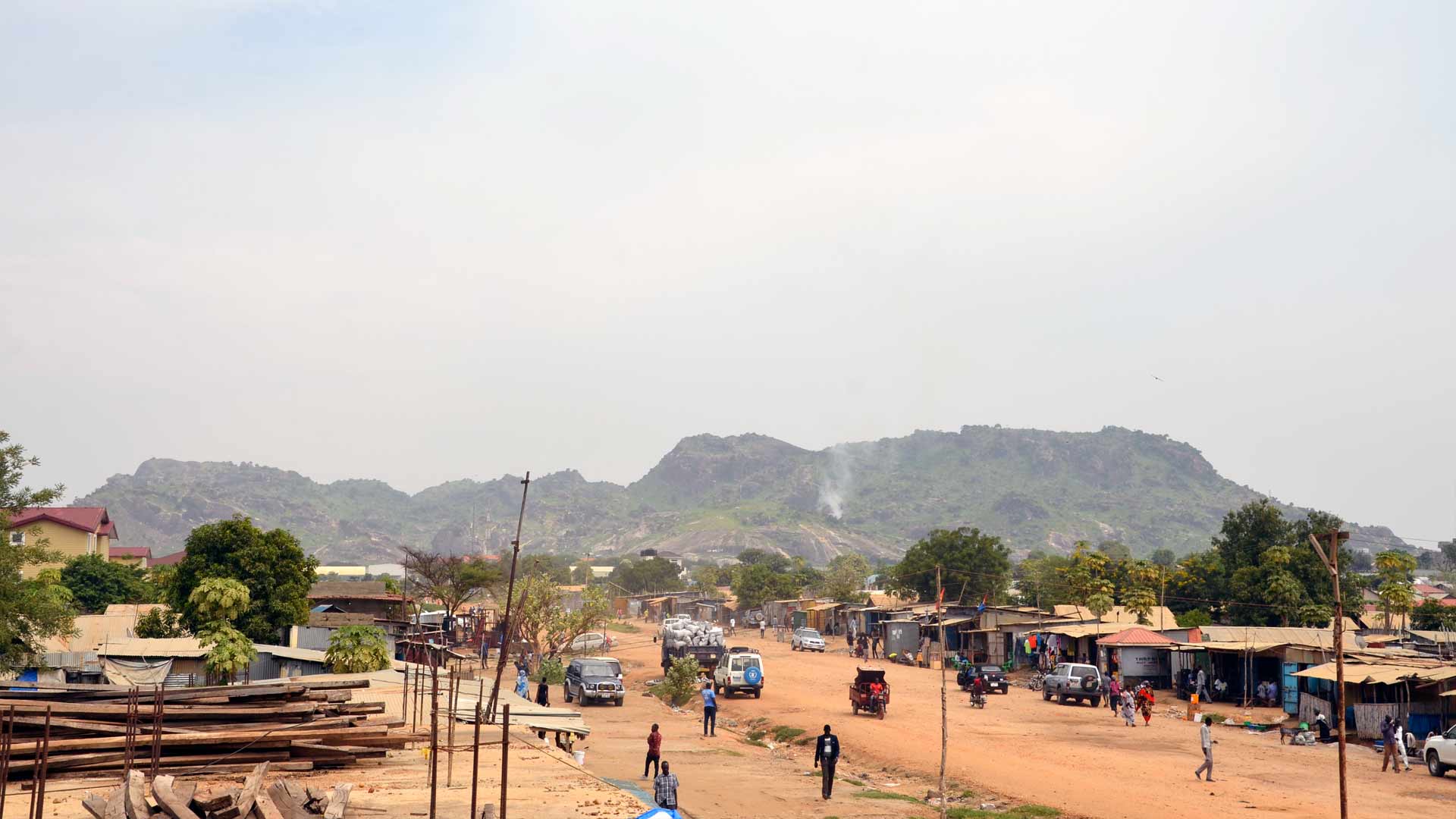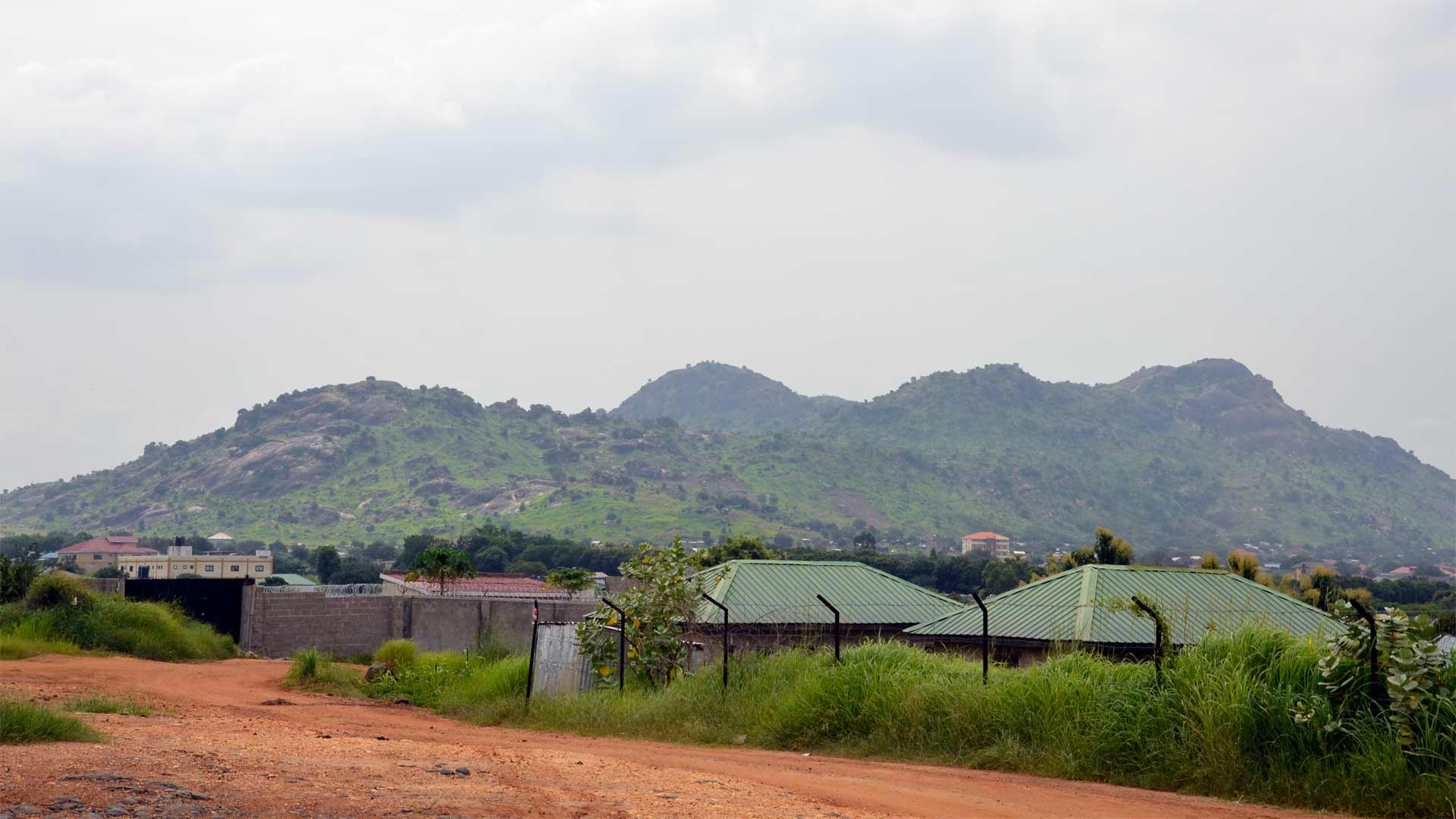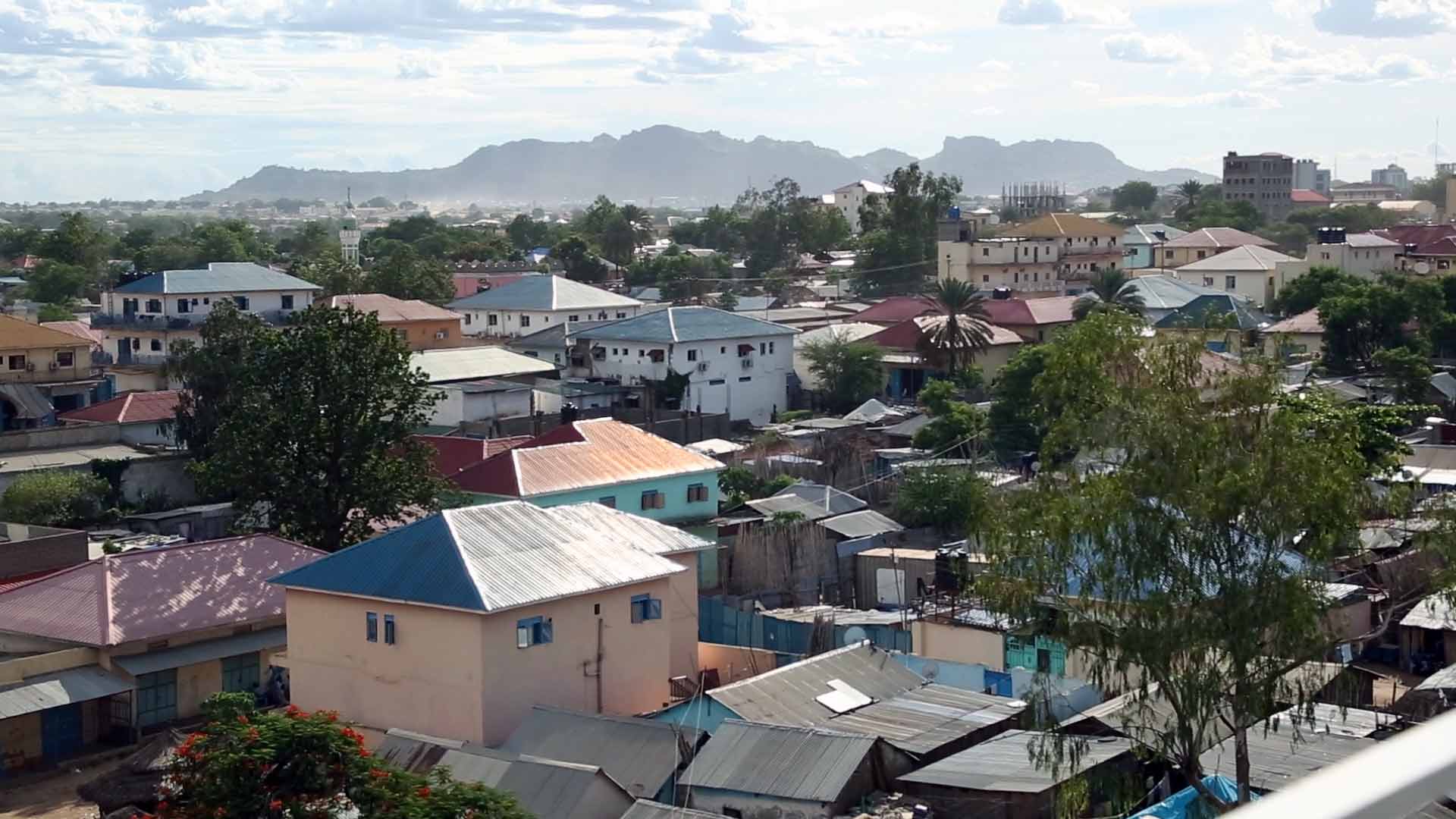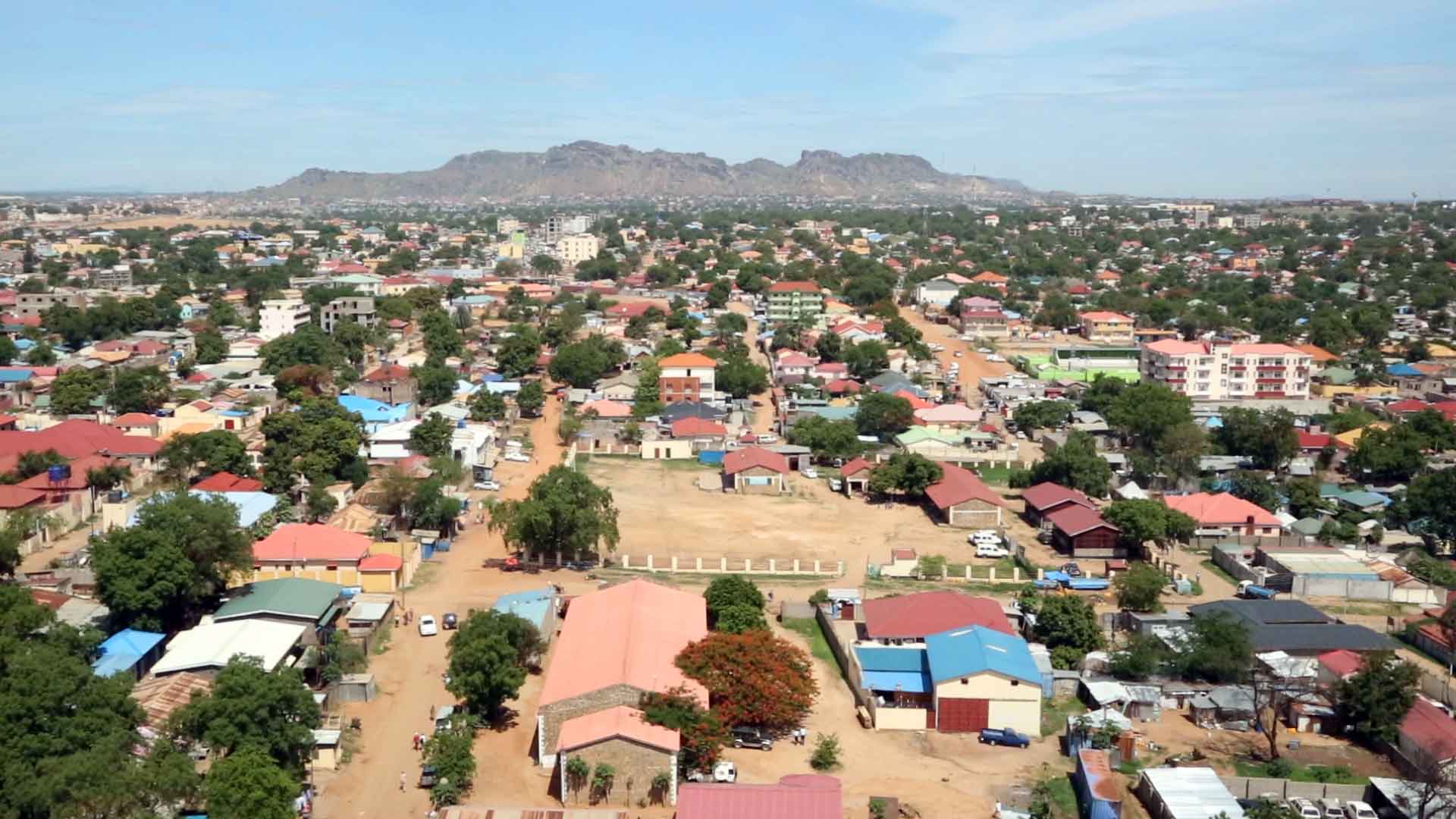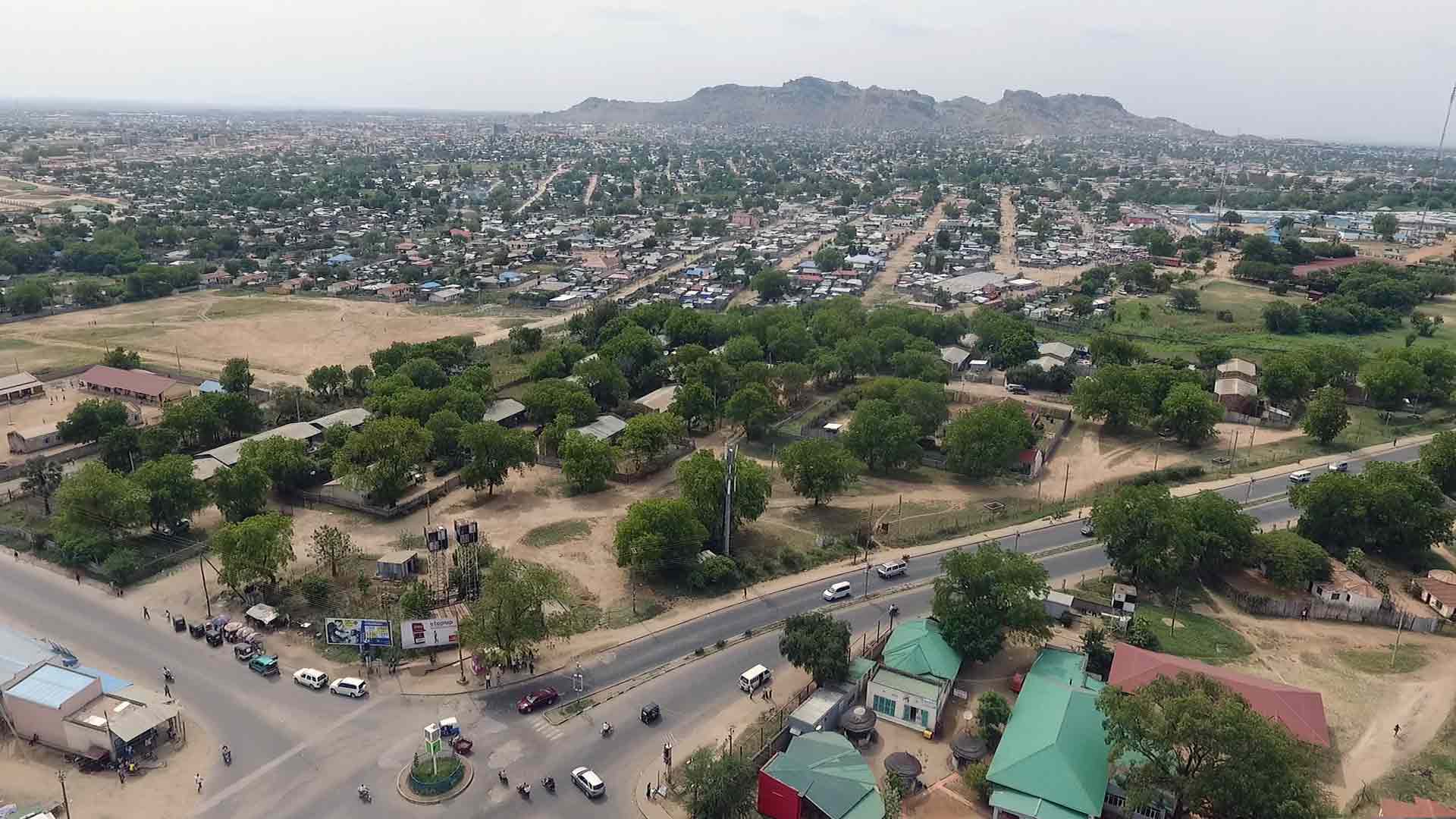Jebel Kujur
Wherever you are in Juba, Jebel Kujur hovers over the landscape, with its elongated, peculiar shape. The 684m-high landmark mountain looks like a dusty piece of rock in the dry season, and turns into a green, luxurious hill when the rains come. It used to stand in the wild, far away from the city. But since 2005 and the recent phase of urban development, Jebel Kujur has progressively been surrounded, swallowed by Juba.
Big mansions, warehouses and stone crushers (both manual and industrial) have taken position at the foot of the mountain, which provides stones and gravels, crucial materials for the city’s expansion. An expansion that has taken place since the end of the war with Sudan in 2005, and continued after the independence of South Sudan in 2011. Bit by bit, the Jebel has been turned into roads and concrete buildings, in a city that lacked housing and basic infrastructure to accommodate tens of thousands of new residents.
Jebel Kujur also became a week-end spot for climbing enthusiasts. Climbing paths and hooks were set by the rock side, and a regular group of climbers used to head to the Jebel every Sunday, until security restrictions discouraged them at the end of 2017.
During the 1983-2005 war, Jebel Kujur was a disputed part of Juba. It was used by the SPLA to spy on the city, until the Sudan Armed Forces discovered the presence of rebels on top of the mountain and chased them away. Lives were lost.
Jebel Kujur is home to a few families who cultivate the land on the mountain side and also work as stone crushers, manually. They display small mounts of stones for sale by the roadside.
The original name of Jebel Kujur was Korok. With the coming of northern Sudanese Arabs in the area, its common name changed to Kujur (“witchcraft” in Arabic), in reference to rituals supposedly conducted in the mountain. The Jebel is the subject of stories and legends known by the elders. Everyday at sunset, when the sun descends behind it, Jebel Kujur’s colours unfold into some sort of magical scenery.


